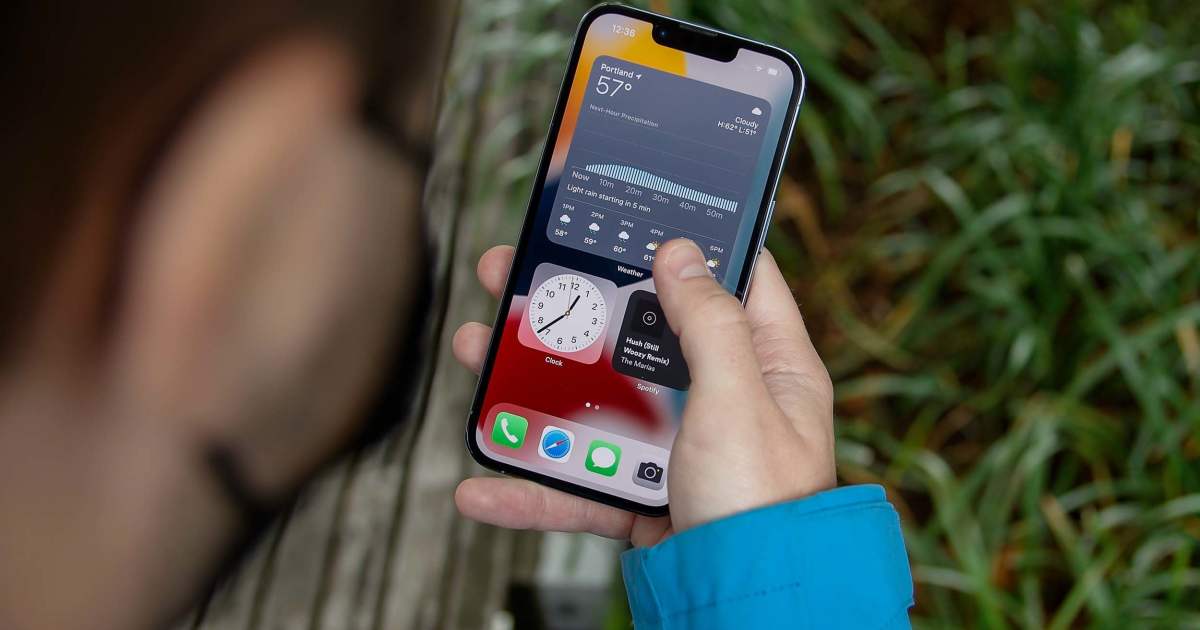

A pair of studies have found links between teens who suffer from depression, anxiety, and insomnia with something called Problematic Smartphone Use, or PSU, which follows patterns similar to addiction. The research, carried out by the Institute of Psychiatry, Psychology, and Neuroscience at King’s College London found just over 33% of participants self-reported PSU, and they were twice as likely to have anxiety, and three times as likely to experience depression.
The research took place over multiple weeks in both 2020 and 2022, and showed that 18.7% of 16-18 year-olds and 14.5% of 13-16 year-olds in the studies showed evidence of PSU, with the higher age group then becoming two-to-three times as likely to suffer from anxiety and depression. For the younger age group, the research showed 44% of those displaying PSU had symptoms of anxiety, compared to 26% without PSU, and 55% showed symptoms of depression, compared to 35% without PSU.
Unsurprisingly with concerning statistics like this, the research is gaining attention, but before phones are ripped from teens’ hands it’s important to understand what PSU is, how it was measured in these studies, and how it’s being handled by those who recognize it as an issue.
Addiction, screen time, and apps
Bryan M. Wolfe / Digital Trends
The studies are relatively small, with 657 16-18 year olds and 69 13-16 year olds taking part, but that shouldn’t take away from their impact. However, the New Scientist points out that Problematic Smartphone Use is not a recognized, diagnosable condition in the U.S. or the U.K., and according to the research papers both used the Smartphone Addiction Scale to establish its presence. Created in 2013, the short version of the Smartphone Addiction Scale has 10 questions related to your relationship with your phone and apps, which are answered by agreeing or disagreeing.
What’s interesting about the research is it showed teens are aware of PSU, or at least the problems it may cause, and a high number are doing something about it. Dr. Nicola Kalk, a senior author on both papers said, “Many young people in our studies employed reduction strategies, showing they are already taking active steps to manage their smartphone use. They found silent mode, removing notifications and placing the phone in another room at bedtime as the most effective. These are the same strategies which university students found helpful to reduce smartphone use.”
The studies also did not see correlation between PSU and screen time, and that certain apps may contribute to its effects more than others. In the overview of the research, it’s stated, “screen time was not associated with anxiety or depression in 16-18 year olds,” and while there was, “little difference in usage of WhatsApp, gaming, and internet use,” PSU was found more often in those who used TikTok and Instagram.
Tech brands working on solutions
HMD Skyline HMD
This research comes at a time when companies like HMD (previously known as HMD Global) are building a portfolio of devices designed to help minimize smartphone use, and claim that many young people are turning to feature phones to help reduce smartphone and app use. Most recently it has launched The Better Phone Project, which involves parents in the creation of new devices that will help kids better manage phone usage. It followed the HMD Skyline phone with a special digital detox mode.
The push to help all of us maintain a healthy relationship with our smartphones started long before this though, with Google’s Digital Wellbeing being one of the most notable moves from a major tech company to highlight time spent on a phone and possible addiction when it launched in 2018. Other companies include similar tools on phones, such as Oppo and OnePlus’s Zen Mode, while Apple has its customizable Focus modes.
Christine Romero-Chan / Digital Trends
Links between smartphone (or technology in general) and anxiety and depression aren’t new, and not everyone is convinced by them. Chris Ferguson, a clinical psychology professor at Florida’s Stetson University told The Times, “Technology overuse is best understood as a new symptom of age-old disorders such as depression, anxiety or ADHD, not a new set of problems. Even if we could wave a magic wand and make all smartphones go away, these kids could still have problems overdoing other stuff.”
Ferguson added that the data did show a need to, “reframe our approach to technology,” though, and we’re hopeful the incoming new wave of devices that capitalize on our understanding of something like PSU will reflect that, as the research also shows those affected are also pretty good at recognizing it, and are keen to do something about it on their own already.






